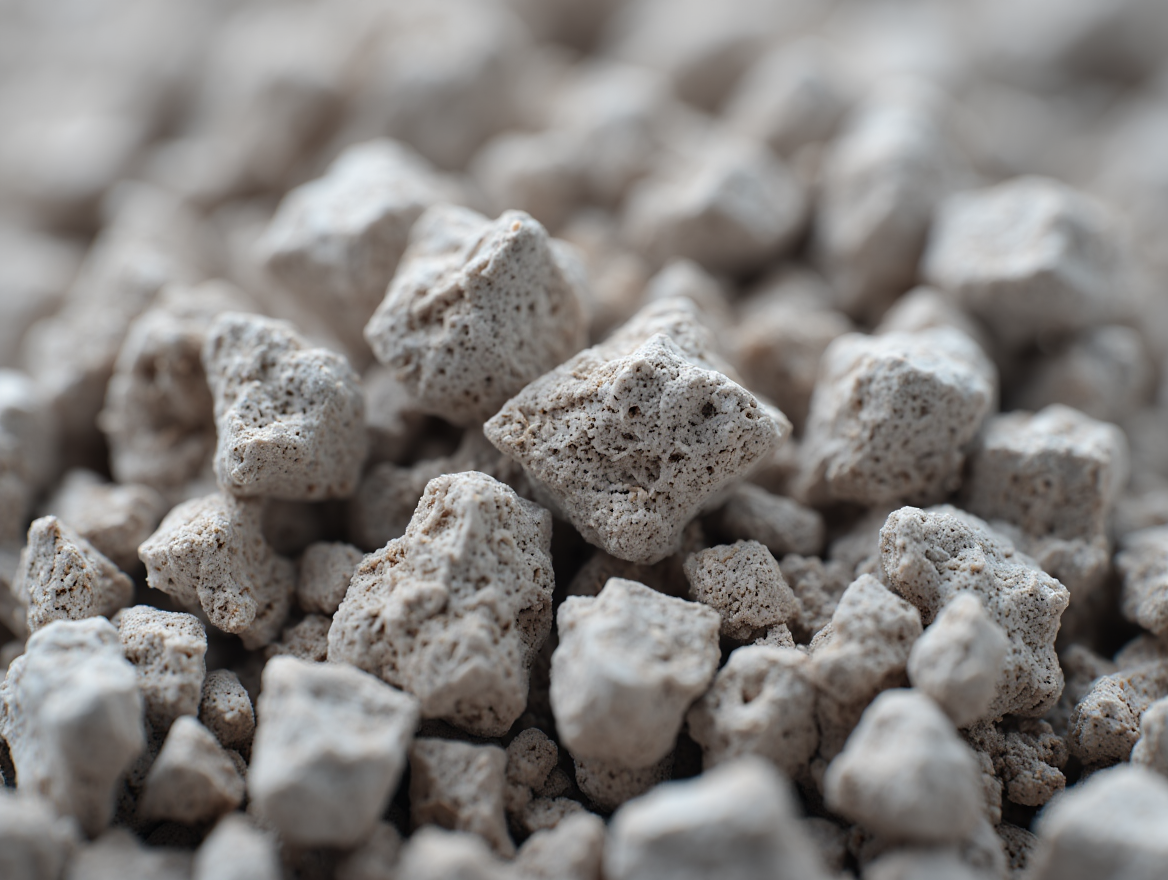
Introduction
Single Superphosphate (SSP, Ca(H₂PO₄)₂ + CaSO₄) is the original chemical fertilizer, first produced in the mid-19th century. Unlike concentrated phosphate fertilizers, SSP is a low-analysis fertilizer with only ~16–20% P₂O₅, but it also contains calcium and sulphur, making it a multi-nutrient option for certain soils.
SSP is no longer dominant in global fertilizer trade, but it retains importance in parts of South Asia, Africa, and Australia due to its affordability and agronomic fit.
History & Development
The invention of SSP by Sir John Bennet Lawes in 1842 marked the birth of the fertilizer industry. By treating ground phosphate rock with sulphuric acid, Lawes created a water-soluble phosphorus product that transformed crop yields.
SSP was the primary phosphate fertilizer for over a century until more concentrated products (TSP, DAP, MAP) were developed. Its global market share has since declined, but it is still manufactured and used in regions where its co-nutrients and low cost are valued.
Production Process
SSP is made by treating phosphate rock with sulphuric acid (H₂SO₄).
Inputs:
- Phosphate rock (apatite, mined in Morocco, China, US, etc.)
- Sulphuric acid (derived from sulphur, often as a by-product of oil refining or smelting)
Output:
- Fertilizer with ~16–20% P₂O₅, plus gypsum (CaSO₄·2H₂O) as a by-product, which contributes sulphur and calcium to soils.
This makes SSP unique among phosphates, since it delivers three nutrients: P, Ca, and S.
Global Supply & Trade
SSP production and trade are relatively small compared with DAP, MAP, and TSP.
Key Producers
- India: The largest SSP market, heavily subsidized, with numerous small and medium-sized producers.
- Pakistan & Bangladesh: Other South Asian markets with continued demand.
- Australia: Longstanding use in pasture systems due to sulphur needs.
- Africa: Local production plants serve regional cropping systems.
Key Consumers
- Smallholder farmers in developing countries.
- Pastoral systems where sulphur is deficient.
Applications
- Legumes (chickpeas, lentils, groundnuts): Sulphur and calcium support nitrogen fixation and root development.
- Pastures & Forage Crops: Calcium and sulphur improve forage quality and support livestock systems.
- Acidic soils: Calcium in SSP helps buffer soil acidity, though its liming effect is weaker than lime.
- Blends: Often used in compound fertilizers or mixed with urea for balanced formulations.
Market Economics
- Pricing: SSP is generally cheaper per tonne than DAP/MAP, but more expensive per unit of phosphorus due to its low concentration.
- Demand Drivers: Government subsidies (notably in India), soil sulphur deficiencies, and affordability for smallholder farmers.
- Trade: Largely regional, with most SSP consumed close to where it is produced.
Why SSP Matters
- Historical significance: SSP was the fertilizer that launched modern agriculture.
- Affordable phosphorus source: Lower-cost option for resource-constrained farmers.
- Multi-nutrient value: Supplies calcium and sulphur along with phosphorus.
- Smallholder systems: Supports millions of farmers in South Asia and Africa.
Sustainability & Risks
- Low concentration: Less efficient for global trade — higher transport costs per unit of P.
- Mining footprint: Still dependent on phosphate rock mining.
- Soil acidification: Long-term use can acidify soils, though calcium content mitigates somewhat.
- Competition from higher analysis fertilizers: DAP, MAP, and TSP often displace SSP where logistics and subsidies favor them.
Mitigation
- Blending SSP with nitrogen fertilizers to increase efficiency.
- Using SSP strategically in soils that benefit from sulphur and calcium.
- Promoting localized production in developing regions to avoid costly imports.
Future Outlook
- South Asia: SSP demand will remain tied to subsidies and smallholder affordability.
- Africa: Potential growth where local SSP plants can support small-scale farmers.
- Developed markets: Use will continue to decline in favor of more concentrated fertilizers.
- Sustainability framing: SSP could regain niche relevance as a “circular economy” product if paired with gypsum recycling or local phosphate processing.
In short: SSP may be an old fertilizer, but it continues to play a role in developing markets, pasture systems, and sulphur-deficient soils. While its global share will remain small, its affordability and co-nutrient value ensure SSP still matters.




